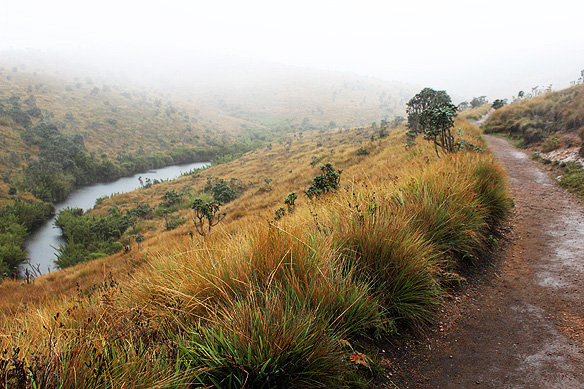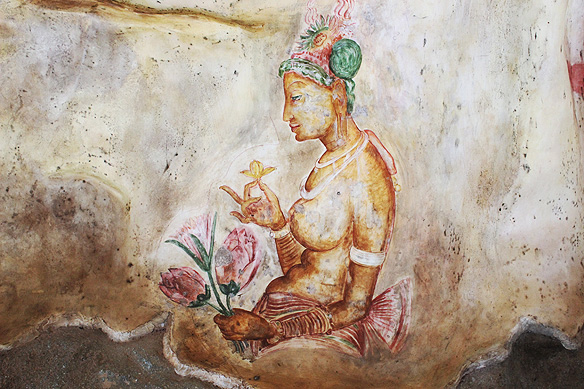
“I long not to visit Ganga Sagar, Rameshwar or Kashi. It is only for Chittor that my eyes are always thirsty.”
Rajasthan’s folklore and ballads are filled with mention of Chittorgarh. Take this one as well for instance:
“If there is a fort to be reckoned with, it is Chittorgarh. The rest are mere fortresses.”
It was not just the bastions, masonry, and structures these lines referred to, which were of course mighty, but also its men and women and their unshakable grit.
Considered one of Rajasthan’s most formidable forts, Chittorgarh was famous for its sophisticated military architecture, wealth, and heroic rulers. It served as Mewar’s capital from the dynasty’s founding in the 8th Century to 1553 when Udaipur was established, and continued to be used until Mewar became part of independent India.
Despite three sieges over 1,300 years, Mewar’s rulers always managed to regain control of it. Whilst most other Rajput kingdoms surrendered to the Mughals, Mewar and Chittorgarh stood firm. When it did go into an alliance it was, more often than not, on its own terms.
The fort complex, now a UNESCO World Heritage Site, comprises seven city gates, 65 historical buildings, four palaces, 19 large temples and 20 water bodies [there were 84 back in its heyday to meet the needs of its 50,000-strong army for up to four years] spread over 700 acres, 590 feet above the ground. A village is enclosed within its walls since medieval times.
Let me take you on a virtual journey through Chittorgarh, filled with stories of valour, jauhar, and gods. 🙂 Continue reading →
24.882918
74.622970




![Coronation of Seljuk Sultan Ahmad Sanjar [r. 1118 – 1157]; Jami' al-Tawarikh by Rashid al-Din, Tabriz, Persia, 1307 AD.](https://ramaarya.files.wordpress.com/2024/01/merv-1-ahmad-sanjar-miniature-painting.jpg?w=584&h=293)





